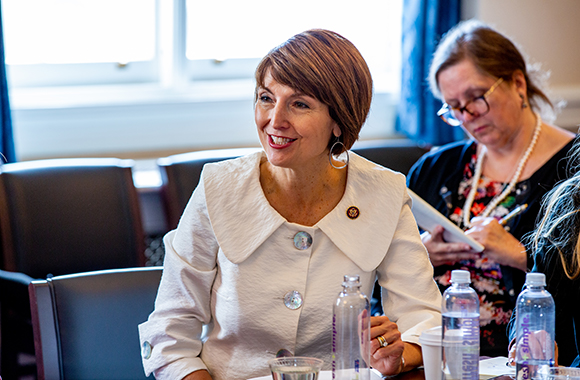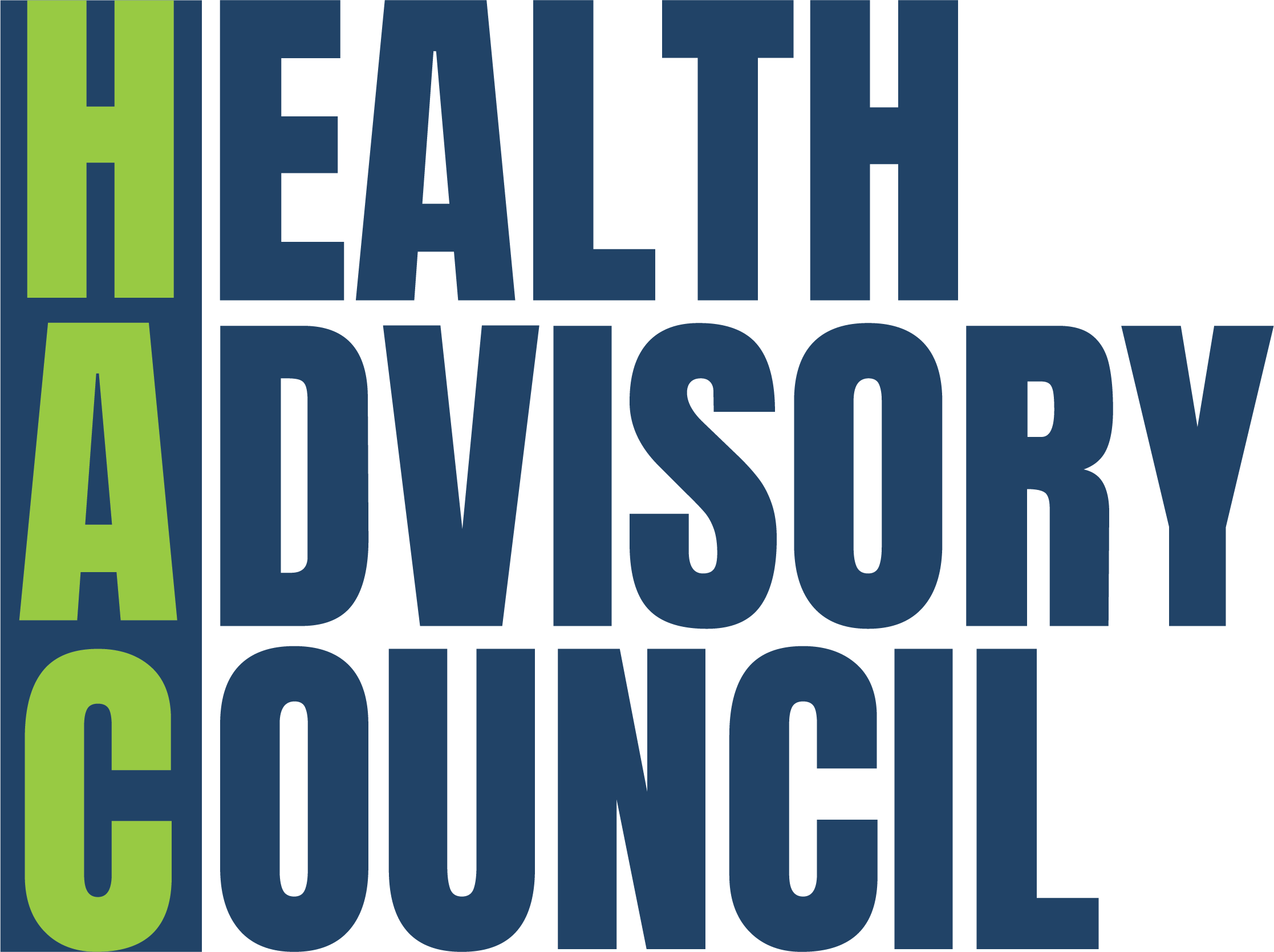Fungicide, orange juice, and what you should know – National Consumers League
By Teresa Green, Linda Golodner Food Safety and Nutrition Fellow
In the past week, orange juice has spent a lot of time in the headlines due to the detection of low levels of a fungicide called carbendazim in the orange juice. Carbendazim is not approved for use in either the United States or the European Union but is widely used in other parts of the world to combat fungus that grows on fruit. At high levels, the fungicide has been correlated with liver cancer in animal studies.
Coca Cola alerted the Food and Drug Administration (FDA) to the presence of carbendazim after finding it in samples of juice it tested. Orange juice from Brazil was implicated as the source of the residues. In response to the alert from Coca Cola, FDA began to test imported orange juice for the presence of the fungicide. The agency announced that it would ban any juices that contained more than 10 parts per billion (ppb) of carbendazim.
While the US and EU both ban it, only the EU has set a threshold for how much carbendazim is allowed in foods. The Environmental Protection Agency (EPA) has determined that carbendazim at less than 80 ppb is not harmful. Furthermore, FDA stated in a letter from January 9 that the “EPA has concluded that consumption of orange juice with carbendazim at the low levels that have been reported does not raise safety concerns.”
While FDA has stated that the level of carbendazim found in orange juice is not harmful, the issue still raises concerns for consumers. There are three major things that need to happen here if consumers are to be protected. First, FDA should issue limits on the amount of carbendazim that can be present in orange juice, a move that would get rid of the current ambiguity surrounding the issue.
Second, country of origin labels (COOL) on juice allow consumers to decide whether or not they want to buy a product which comes from a country with a history of using chemicals not approved in the US. Unfortunately, our entire COOL system is under attack by the World Trade Organization (WTO). In order to protect consumers, the Obama administration should appeal the WTO’s recent ruling and fight to protect COOL.
Finally, FDA, which is responsible for the safety of much of the food in this country, should be adequately funded so that it can carry out its expanded mandate as prescribed by the recent Food Safety Modernization Act. Only with increased funding can FDA continue to do the work that protects our food supply.
While FDA has so far not found excess amounts of carbendazim in any of the samples it has tested, consumers may still want to avoid orange juice that contains this chemical. There are two ways to do this. First, if you want to avoid many pesticide residues, drink orange juice that is certified 100% organic. Second, look at the label to see where the orange juice comes from and drink only U.S. orange juice. For now, FDA has stated that it will not recall any orange juice and that the juice available is safe to drink.

















